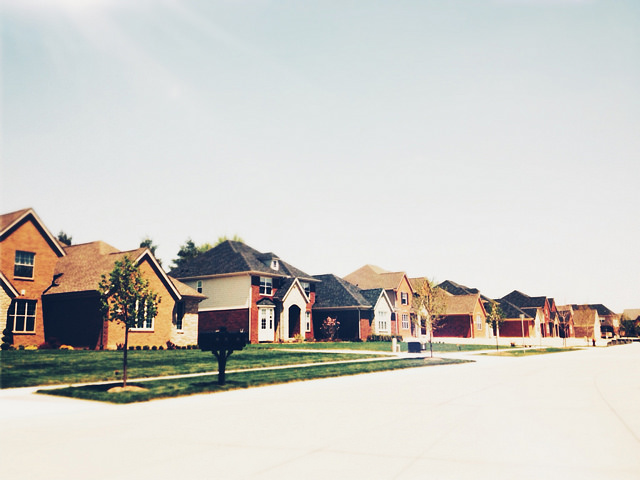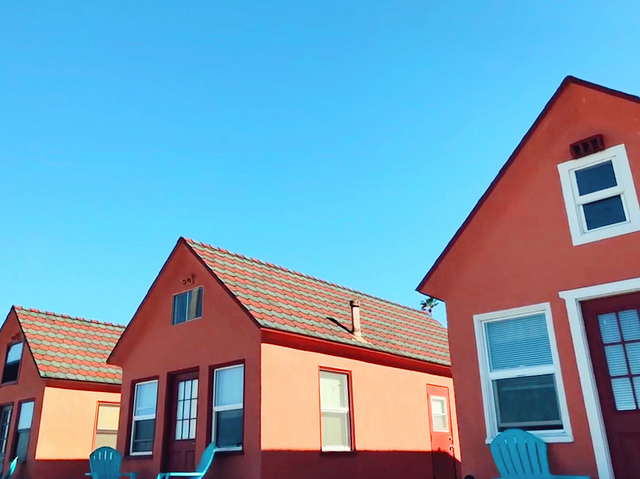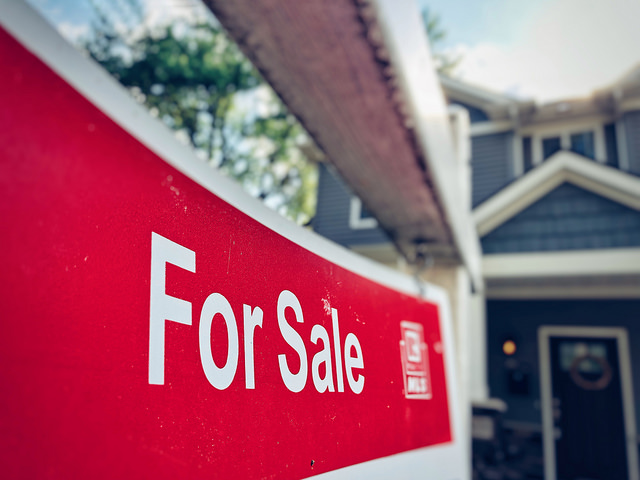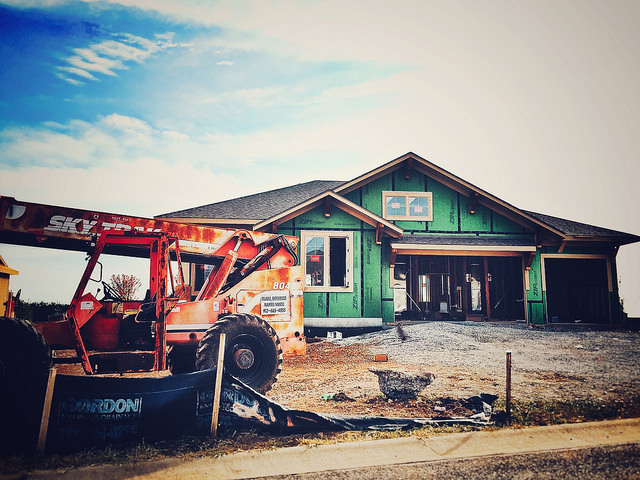The Mortgage Bankers Association has been tracking mortgage rates and application demand since 1990. Their Weekly Applications Survey covers 75 percent of all retail residential mortgage applications. Last week’s results show average mortgage rates at an all-time survey low. In fact, rates were down across all loan categories, including 30-year fixed-rate loans with both conforming and jumbo balances, loans backed by the Federal Housing Administration, and 15-year fixed-rate loans. Joel Kan, MBA’s associate vice president of economic and industry forecasting, said the decline is a sign that the market is stabilizing. “The decline in rates – despite Treasury yields rising – is a sign that the mortgage-backed securities market is stabilizing and lenders are successfully working through their lending pipelines,” Kan said. Also in the report, mortgage application demand rose 7.3 percent from the week before, primarily due to a 10 percent increase in the refinance index. Demand for loans to buy homes was down less than 2 percent, but is now 35 percent below where it was at the same time last year. (source)













